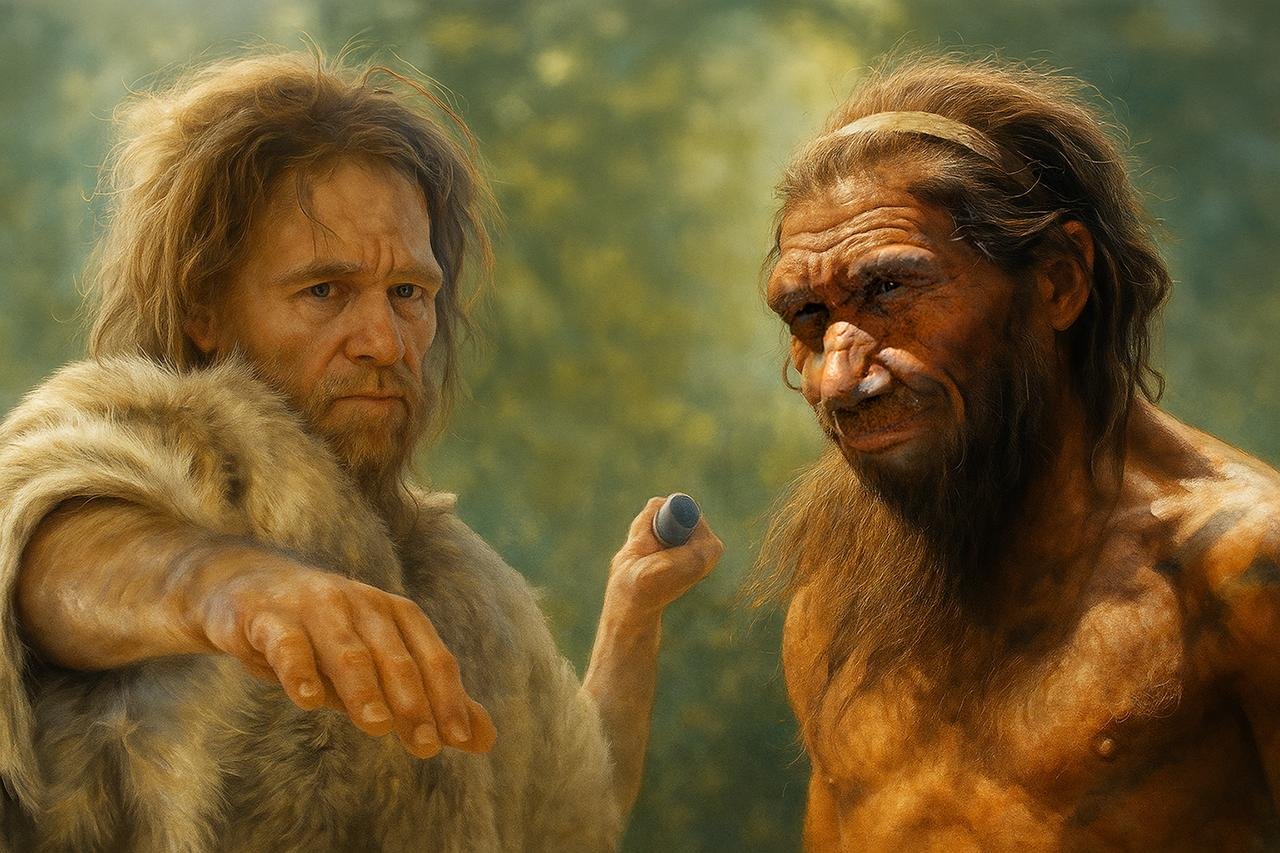
Genetic mutation in key enzyme may explain why humans survived while Neanderthals went extinct
A minor genetic difference in one of the enzymes may have helped separate modern humans from Neanderthals and Denisovans, our closest extinct relatives, and may have even…

Human hair khipus reveal Inca record-keeping was used by both elites and commoners
A recently studied 500-year-old Inca khipu (Quipu) has overturned ᴀssumptions about who created these intricate thread-based documents. The study, published in Science Advances, suggests that khipus—formerly thought…
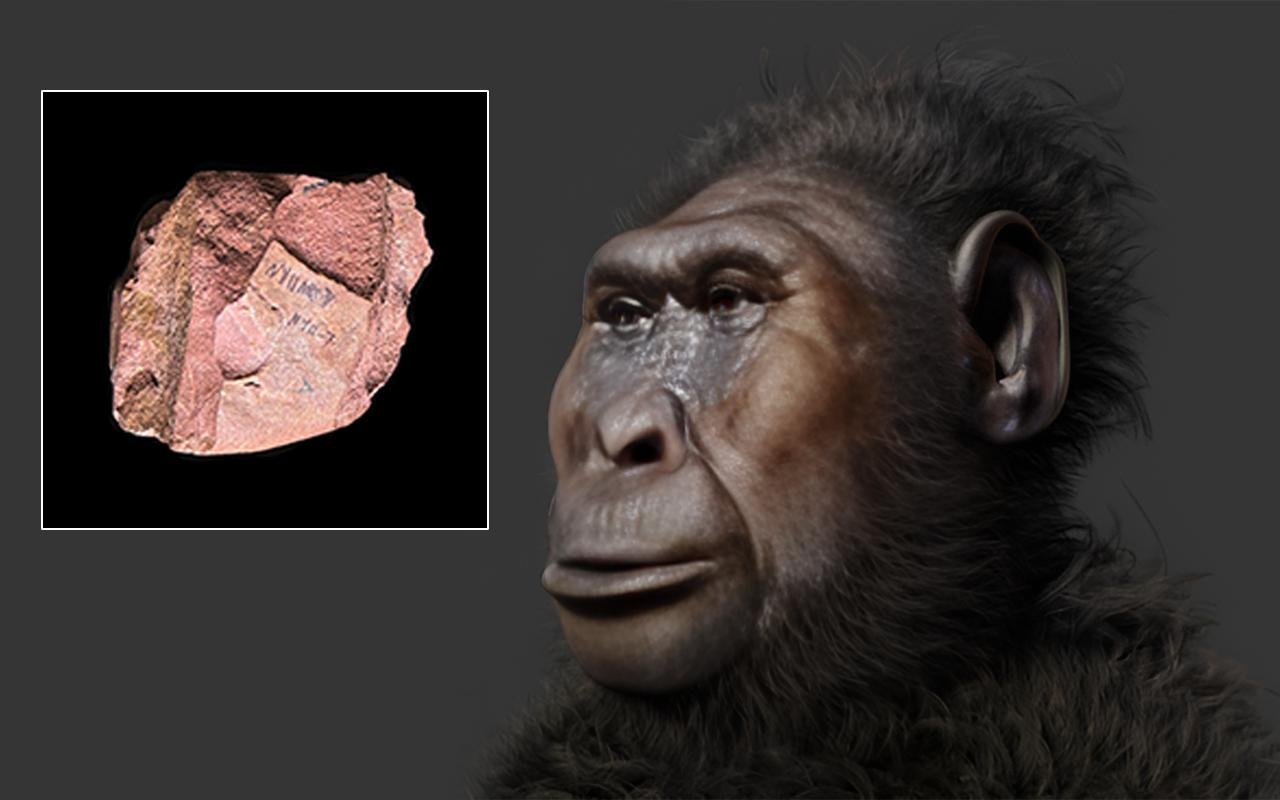
Ancient human relatives transported stones 2.6 million years ago, rewriting human history
Archaeologists excavating in southwestern Kenya have uncovered strong evidence that early hominins were transporting stones over long distances about 2.6 million years ago—hundreds of thousands of years…
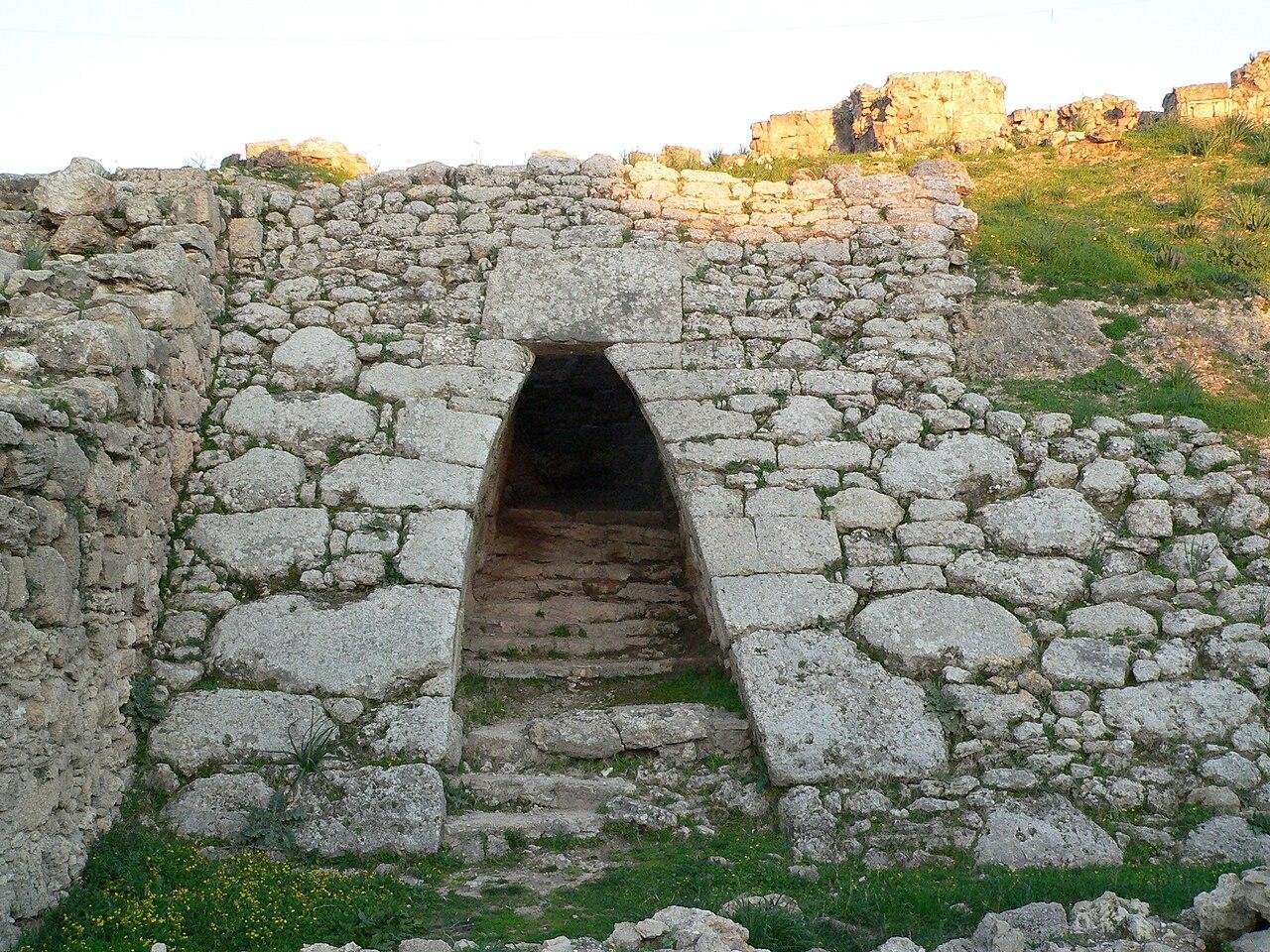
3,000-year-old hymn reveals musical links across Bronze Age civilizations from India to the Mediterranean
More than 3,000 years ago, in the port city of Ugarit on the eastern coast of the Mediterranean, the scribes inscribed a song in the Hurrian language…
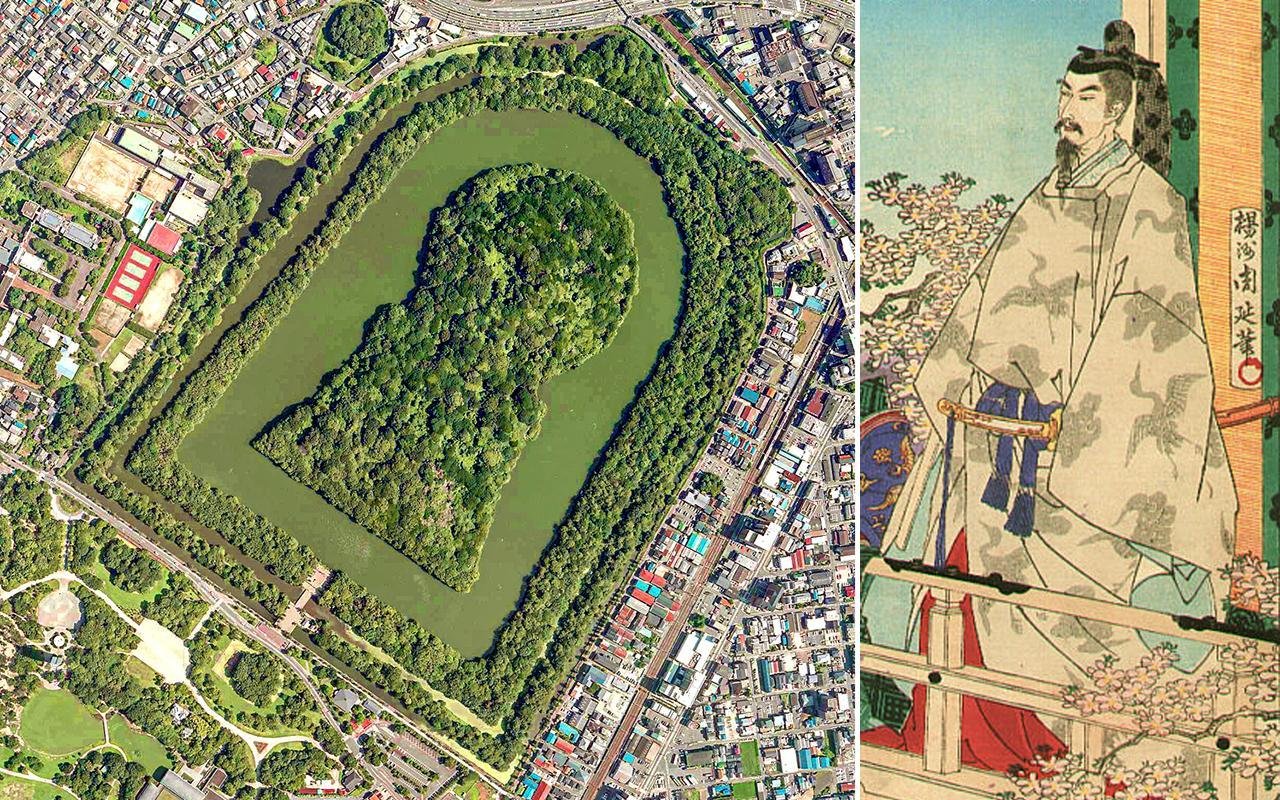
First confirmed artifacts from Emperor Nintoku’s 5th-century tomb in Japan
For the first time since the late 19th century, artifacts believed to originate from the Daisen Kofun burial mound, traditionally regarded as the tomb of Emperor Nintoku,…

40,000 Celtic artifacts and rare bronze warrior figurine unearthed at Manching in Bavaria
Archaeologists have completed a three-year excavation at the Celtic oppidum of Manching in Bavaria and uncovered more than 40,000 artifacts that provide new information on life in…

Huei Tzompantli skull structure reveals new insights into sacrificed victims after a decade of analysis
A decade after its discovery in the Historic Center of Mexico City, the Huei Tzompantli of Tenochтιтlan—an immense structure built with human skulls—continues to yield new knowledge…
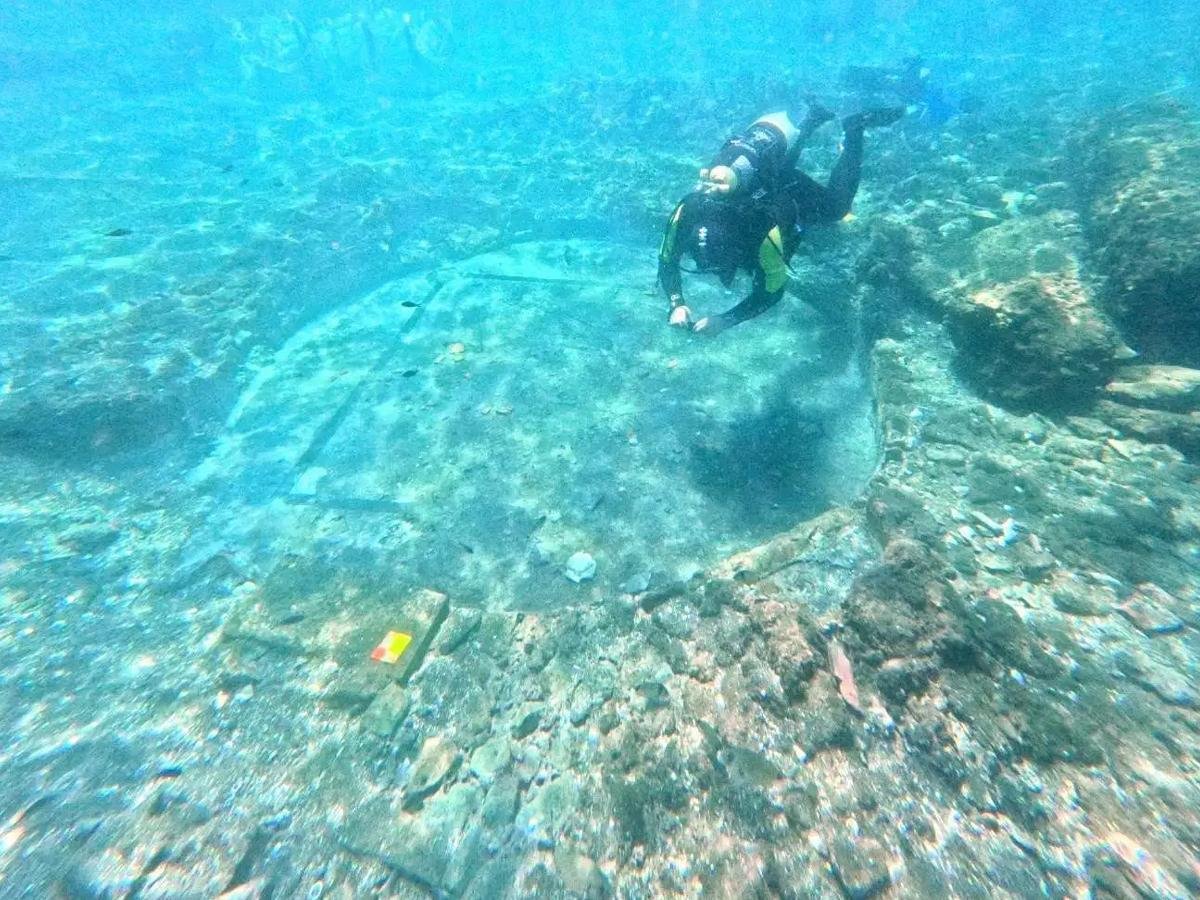
Submerged Roman bathhouse in Baiae may be part of Cicero’s villa
Three meters underwater in the Gulf of Naples, archaeologists found a remarkably preserved Roman bathhouse in the submerged ruins of Baiae, the Roman Empire’s most notorious resort….

Fossil teeth in Ethiopia reveal new Australopithecus species that lived alongside early Homo ancestors
Researchers in northeastern Ethiopia have made a thrilling discovery of fossilized teeth that may belong to a new branch of humanity, shedding more light on a critical…
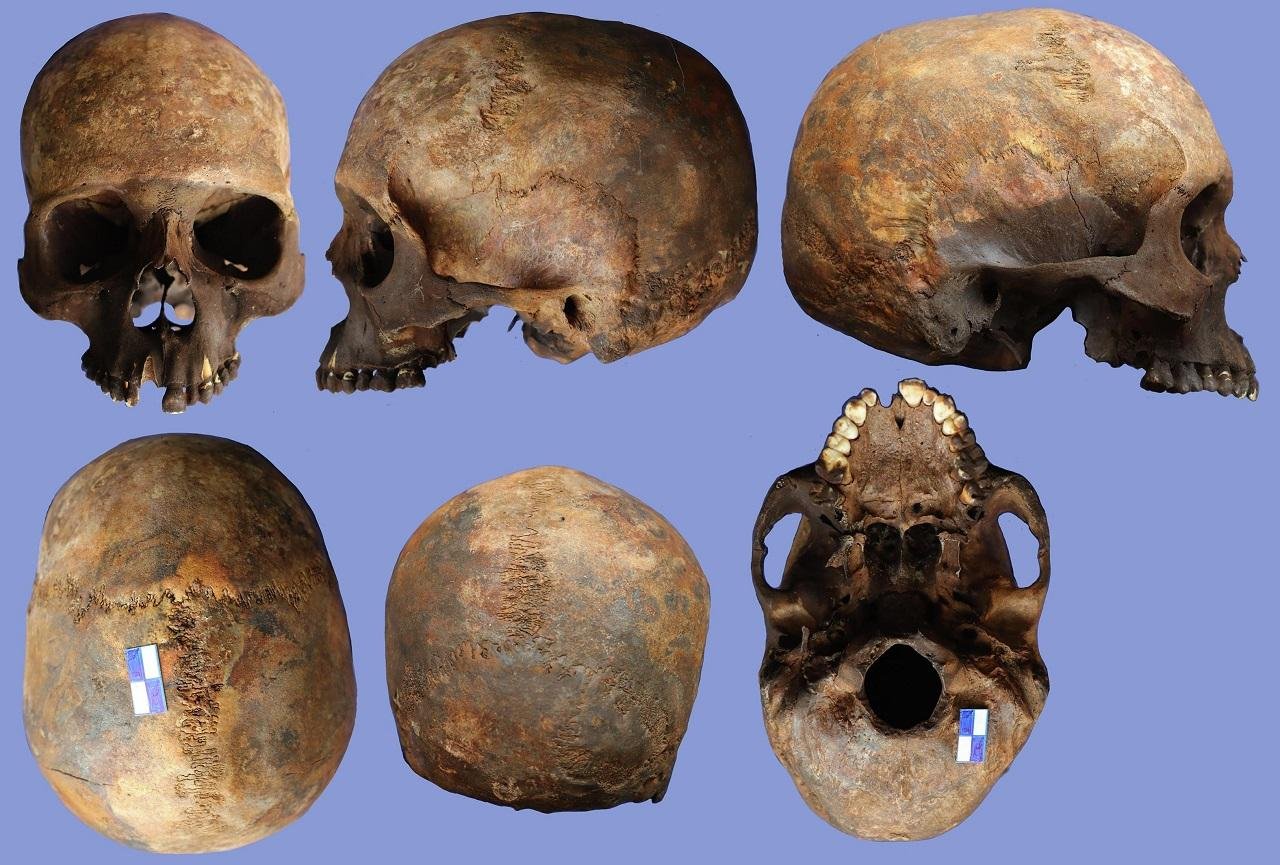
4th-century earthquake victims in Heraclea Sintica reveal care for disabled in Roman world
Archaeologists working at the site of Heraclea Sintica, a Roman city in what is now southwestern Bulgaria, have uncovered the remains of six men who perished in…